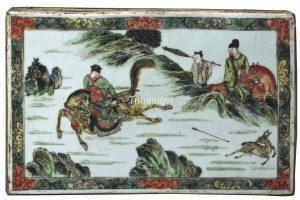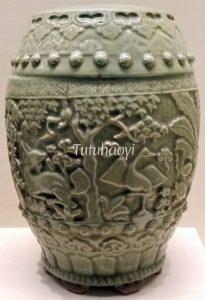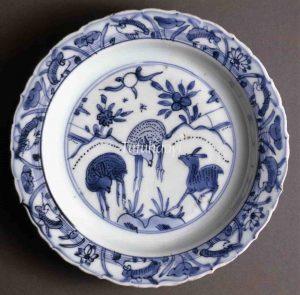Showing Results Containing
Chinese people deeply respect the elderly and traditionally consider a long existence to be one of the most important blessings in a person’s life. Here are many examples of how artists have combined a variety of longevity symbols to reinforce the...
When you mistake a motif in a traditional Chinese picture, you could have misinterpreted the meaning of the whole image intended by the ancient craftsman. Dr Yibin Ni has used the following example to illustrate the hidden meaning of a series of i...
The Royal Hunt at Xutian is a pivotal moment in Chapter 20 of Romance of the Three Kingdoms (《三国演义》) by Luo Guanzhong (罗贯中). This episode highlights Cao Cao (曹操) as a domineering minister who ‘held the emperor hostage to command the feudal lords.’
In this scene, Cao Cao arranges a hunting...
Deer were reputed to live for a very long time and hence, like Continue Reading
Yang Shen (杨慎, 1488–1559), alias Sheng’an (升庵), is a literatus and poet in the Ming dynasty (1368–1644). He recorded in Volume Ninety-Four of Sheng’an Additional Works a folklore anecdote: ‘In the northern dialect, there is no difference in sound between the he 合 for “coming together” and the he 鹤 for “...
The earliest pictograph of the character 鹿 lu for ‘deer’ is found on a tortoise plastron burnt to crack for divination. Though it is by no means anatomically accurate, the pictograph exhibits the most clearly recognisable characteristics of the animal. It vividly imitates the four legs, slender head, lean body, and promi...
This pun rebus picture consists of four essential pictorial elements: bird,
Just like the English word ‘bat’ can mean ‘a kind of animal’ in one context and ‘a club for playing tennis’ in another, so can pictures of animals and flowers in a pictorial design called ‘pun rebus’ in Chinese art. For example, the Chinese name for Continue Reading







